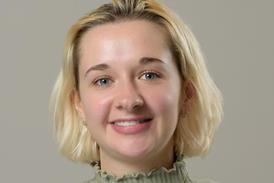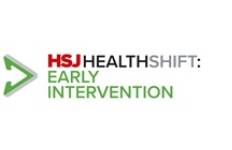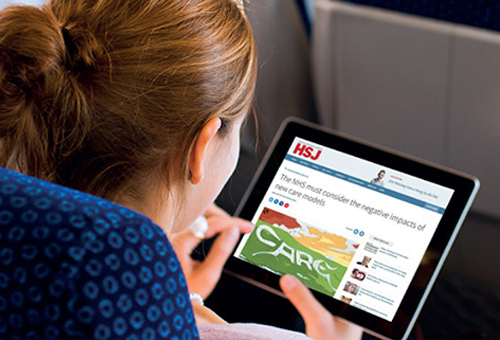Obstructive sleep apnoea (OSA) occurs when a person’s breathing repeatedly stops and starts while sleeping, with the throat muscles relaxing and blocking the airway.
It’s a condition that should be treated promptly, as it can lead to more serious problems, such as high blood pressure and an increased risk of stroke and heart attack. Determining accurate OSA prevalence is challenging, but the latest analysis in 2020 estimated UK OSA prevalence at 8 million people.
In association with
For most people, their first stop will be their GP, who will likely refer them to a specialist sleep clinic for tests, including finding out how severe their OSA is. OSA can range from mild (described by the National Institute for Health and Care Excellence as fewer than 15 episodes per hour where the patient stops breathing) to severe (more than 30 episodes per hour).
Sometimes, mild OSA can be addressed through lifestyle changes, such as losing weight, quitting smoking and reducing alcohol consumption. However, the next step for many adults with moderate to severe OSA will be a prescription for a continuous positive airway pressure (CPAP) machine – a machine that pumps air into a mask over the mouth or nose while the patient is sleeping, holding the airway open using air pressure.
But a CPAP machine is not suitable for every OSA patient. Studies have suggested CPAP non-adherence rates are around 34.1 per cent, while data from France has found CPAP termination rates of 47.7 per cent after three years.
Sometimes, mild OSA can be addressed through lifestyle changes, such as losing weight, quitting smoking and reducing alcohol consumption
The reasons why are wide-ranging, although common causes include patients finding the mask not fitting well, causing discomfort or irritation to their face; experiencing claustrophobia or panic attacks; and the nose and mouth drying out.
Tim Quinnell, lead consultant for Royal Papworth Hospital’s Respiratory Support and Sleep Centre, says clinical teams should first investigate possible alterations to the machine to make CPAP more tolerable, such as exploring a range of masks and using the pressure-modifying algorithms built into many modern machines. Remote telemonitoring can also help clinicians tailor their approach and advice for patients who are struggling with CPAP.
But he adds: “Despite considerable technological innovation over the years, a proportion of patients simply can’t sleep with CPAP. If it undermines sleep quality more than the [OSA], then the net effect is negative and adherence is likely to be poor.”























